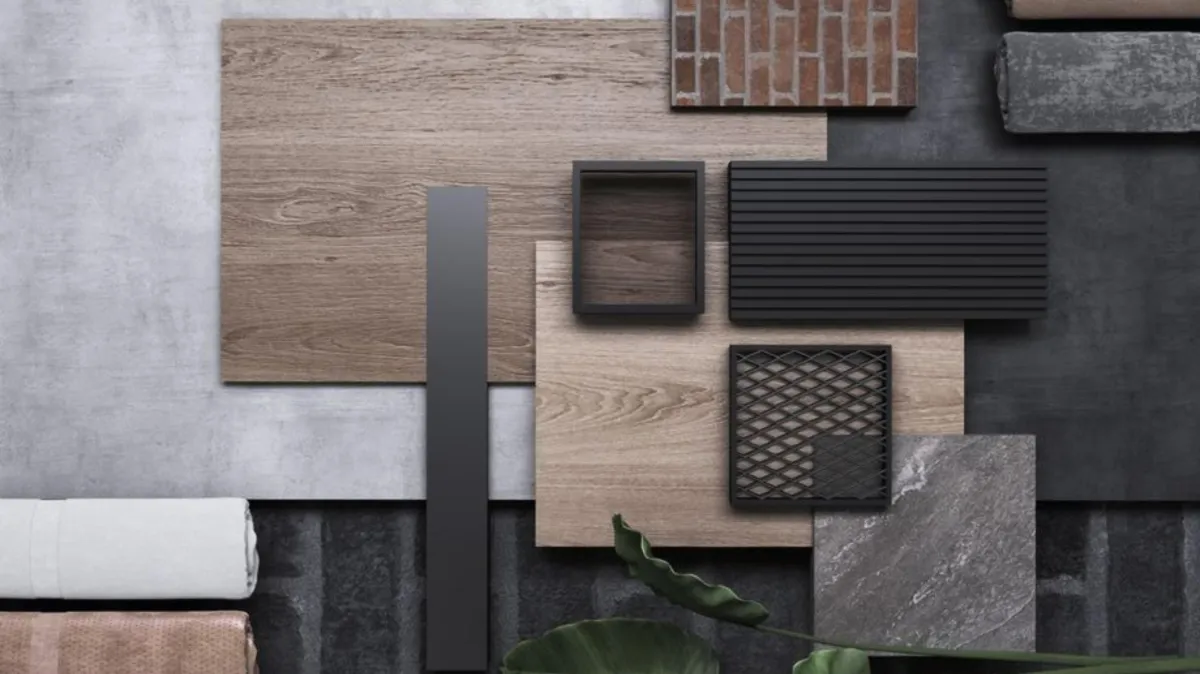
From Confusion to Clarity: The Design Selection Disclosure That Saves Builders Thousands
Every builder, remodeler, and contractor has lived this nightmare: A project is nearly complete, materials are installed, and suddenly the buyer says, “That’s not what I picked.” You pull up your notes, scroll through emails, and double-check your text messages. But you’ve got no proof. Now you’re staring down a costly rework, a hit to your timeline, and a serious dent in your profit margin.
This kind of miscommunication isn’t just frustrating—it’s expensive. That’s why having a Design Selection Disclosure is not a luxury—it's a necessity. And Home Builder Guides has created a foolproof template that ensures you never get stuck in that situation again.
🔗 Get the Design Selection Disclosure from Home Builder Guides
Why Builders Are Losing Money Without This Document
In a perfect world, your buyers stick to their original design selections, understand what’s included vs. upgraded, and never ask for free changes last minute.
But here’s the truth: design indecision is one of the most expensive problems in construction. Without a clearly documented and signed disclosure, you’re vulnerable to:
Free rework requests
Blame for design miscommunications
Unbilled upgrade work
Delays caused by approval bottlenecks
It’s not about assigning blame—it’s about protecting your process.
Real Story:
One Missouri-based builder using Home Builder Guides’ Design Selection Disclosure avoided a $7,000 tile redo when a buyer claimed they had selected “herringbone tile backsplash throughout the kitchen which is an upgrade.” They didn’t want to pay for the upgrade. The signed disclosure showed they agreed to what’s upgraded before they made the selection, so a change order was in order to keep the selection. Armed with the signed document, the builder was able to charge a change order instead of having to eat this misunderstanding.

What’s Inside the Design Selection Disclosure?
This isn’t just a form—it’s a standardized operating procedure built into a single tool. The Design Selection Disclosure from Home Builder Guides is structured to help you run your construction company efficiently by doing three things:
1. Define Standard vs. Upgraded Options
The document outlines examples of what is considered a standard feature and what qualifies as an upgrade—especially helpful in areas where buyers commonly assume more than what's offered.
From flooring upgrades like:
Accent tiles or vertical layouts
Schluter edges
Shower wall tile higher than 84”
Patterned carpet installs or enhanced padding
To paint and stain selections:
Deep base colors that void warranties
Two-tone interiors
Cabinet paint customizations
This document makes it crystal clear: if it’s not in the package, it’s an upgrade. And upgrades = change orders = additional cost.
2. Set Clear Expectations on Time and Cost
The disclosure sets a default design consultation window (e.g., 6 hours) and clearly states the overage fee (like $125/hour). No more arguments about time spent with your designer or rushed decisions after the fact.
3. Create Buyer Sign-Off Moments
At key decision points—like stain samples for cabinets or approval of hardwood floor finishes—the form requires a buyer signature. This builds accountability into the process and ensures you’re not building based on assumptions.
How This Form Fits into Your Workflow
Let’s say you already use a Homesite Checklist. Great—you’re capturing physical site details. But if you don’t pair that with design documentation, you’re only solving half the problem.
The Design Selection Disclosure is part of a full suite of home builder templates available at Home Builder Guides. When used together, they become your operational backbone—especially when combined with the standard operating procedures for builders you already follow (or know you should).
Another Story from the Field:
A builder in Texas avoided a lawsuit over natural stone countertops when a customer claimed the delivered stone “looked nothing like the sample.” Luckily, the signed disclosure included a clause about natural stone variations. The buyer had signed the selection acknowledging that color and veining differences are normal. Without this signed document, the builder would have a problem on his hands.

Save Time, Protect Margins, Build Better
You may think of design selection issues as a nuisance. But every time a misunderstanding causes you to:
Eat an upgrade cost
Delay your schedule
Reorder materials
Comp a $5,000 finish to keep the peace...
...you’re hurting your bottom line.
And if you’re building 10, 20, or 50 homes per year, that adds up to tens of thousands of dollars lost to poor documentation.
This guide helps you:
Outline what is and isn’t included
Make customers aware of upgrade costs
Manage expectations
Reinforce your professionalism
Legal Protection You Didn’t Know You Needed
Let’s face it, legal drama isn’t just for contractors on HGTV.
In a real estate transaction, paperwork is everything. This form helps reduce disputes, provide evidence, and strengthen your position should anything go wrong.

Bonus: Impress Your Buyers with a Professional Process
Today’s buyers want transparency. A professional, templated process gives them confidence. The Design Selection Disclosure communicates that:
You’re organized
You’re experienced
You’ve done this before
That’s how you build trust—and justify your pricing.
Who Needs This?
✅ Custom home builders managing dozens of selections
✅ Remodelers working with high-end materials
✅ General contractors coordinating multiple trades
✅ Design/build firms handling time-sensitive finishes
If you fall into any of those categories, this guide is for you.
Don’t Wait for a Problem—Prevent It
Don’t wait until a buyer blames you for not telling them something that will lead to a problem down the road. Do it up front and in writing!
Document it. Sign it. Move on.
The Design Selection Disclosure from Home Builder Guides is your first step to organized building. Use it alongside your homesite checklist and other builder systems to streamline your process and protect your business.
👉 Download the Design Selection Disclosure Today
Ready to stop losing money on miscommunications?
Visit Home Builder Guides for proven templates, including the Design Selection Disclosure and more tools that show you how to run a construction company efficiently.
